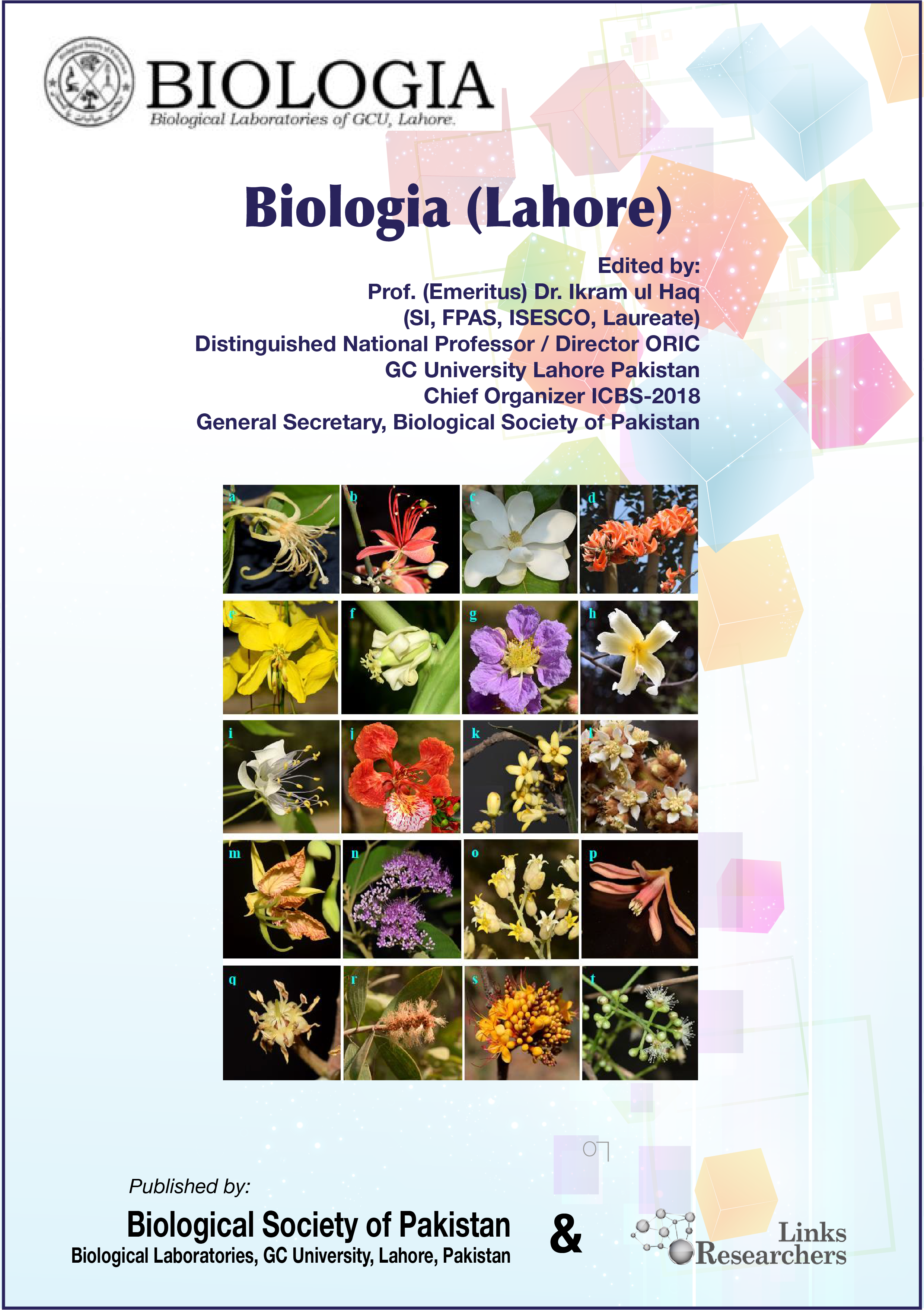SHEIKH AJAZ RASOOL1, MUHAMMAD SALMAN RASOOL2 & MUNAZZA AJAZ3
Binod G.C. 1 Nim Raj Sapkota 2 Binod Rayamajhee 2 Jayram Lamichhane 1 Pramod Poudel 1 Sunil Lekhak 3 Shovana Thapa 4 Santosh Khanal 1
Bassma H. Elwakil1; Safaa M. Ali2*; Soad F. Hafez3; Adnan A. Bekhit4; Moustafa Y. El-Naggar5; Zakia A. Olama5
Rasha M. Elnagar
Heba Ahmed Mohamed1*; Gamal Fadl Mahmoud Gad1; Mona Fattouh Mohamed2; Hend Harby Ahmed3; Ameer Effat Elfarash4; Nahed Fathallah Fahmy2




